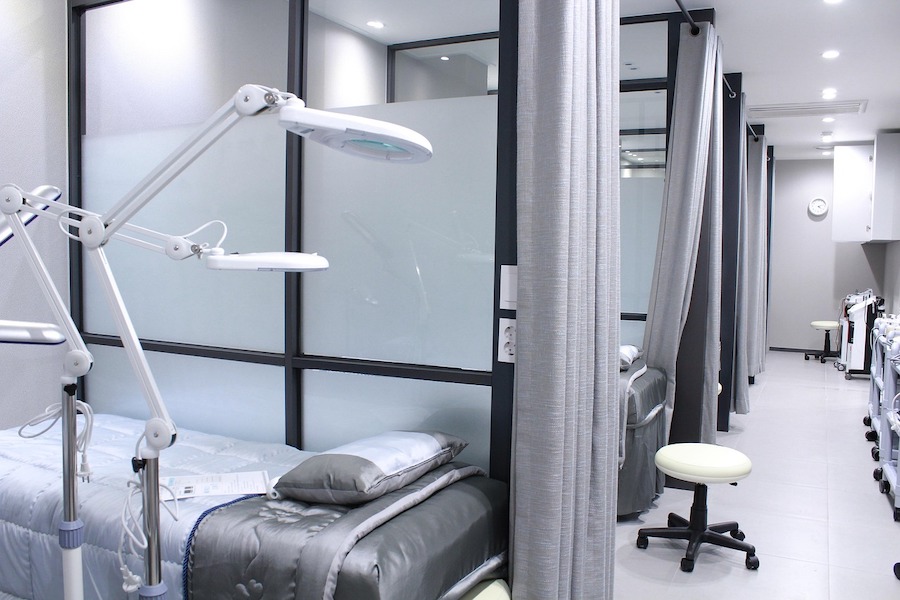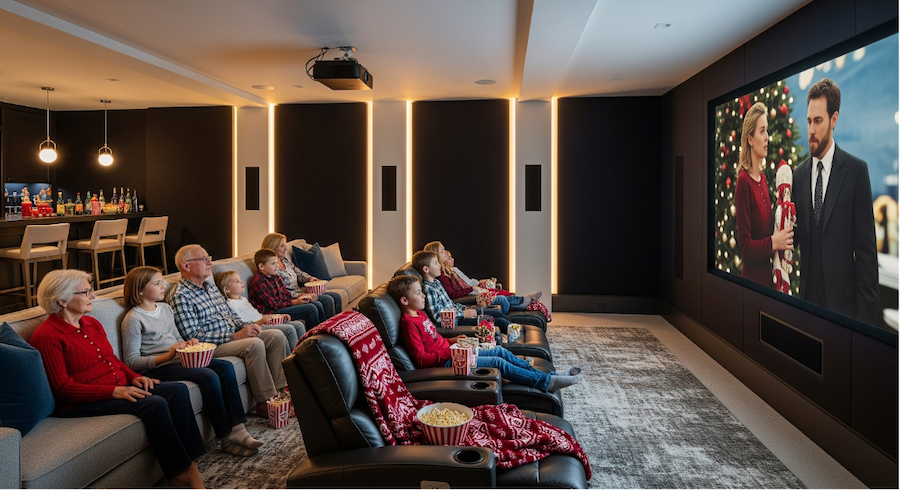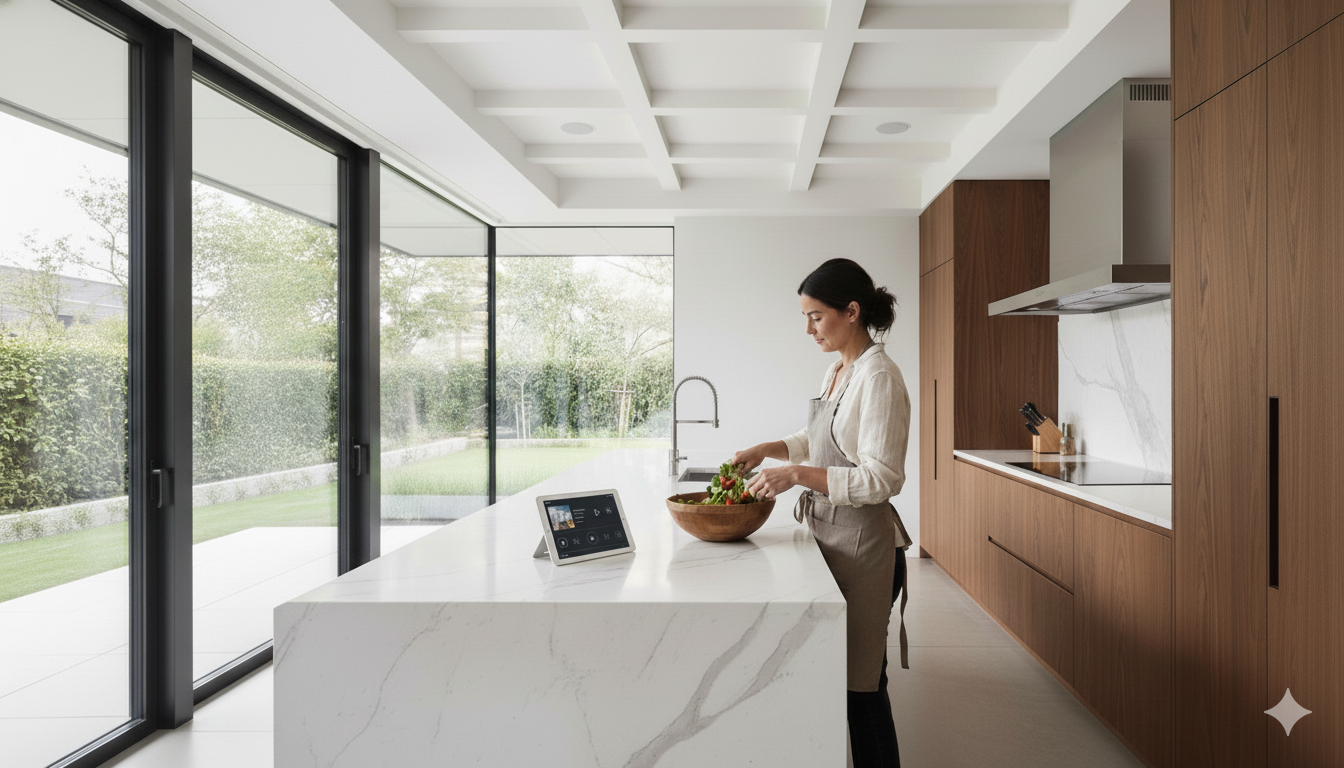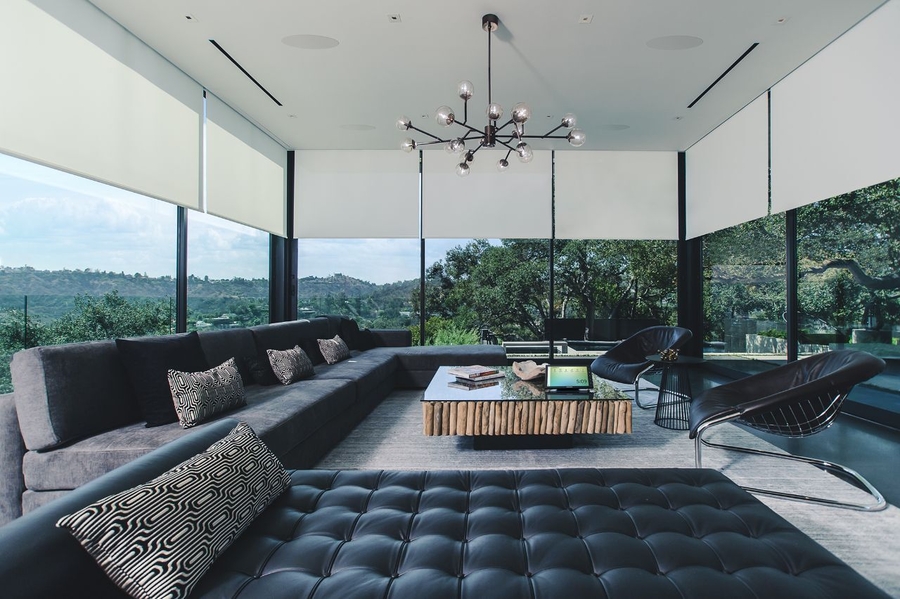
Cutting-Edge Commercial Lighting: Hospitals and Biotech Labs
Advanced Lighting and Control for Healthcare Environments
When a surgeon needs to distinguish between healthy and compromised tissue, or when a lab technician must accurately identify sample colors for critical diagnostics, lighting isn't just about illumination—it's about patient safety and regulatory compliance. Poor lighting in healthcare settings can contribute to medical errors, delay accurate diagnoses, and lead to failed inspections that shut down operations. Hospitals and biotech facilities require lighting control systems that go far beyond standard commercial applications. Advanced protocols like DALI and DMX, integrated with building management systems, are essential infrastructure that ensures safety and operational excellence.
SEE ALSO: Case Study: Behind the Scenes of New York's Premier Tennis Tournament Venue
Meeting Healthcare Lighting Standards
Healthcare lighting specifications make typical commercial requirements look straightforward. Operating rooms demand brightness levels exceeding 1,000 nits with a Color Rendering Index (CRI) of 90 or higher, which is essential for surgeons to accurately assess tissue conditions during procedures. Patient rooms need flexible lighting ranging from 100 to 300 lux, with circadian lighting capabilities that support natural sleep-wake cycles for faster recovery.
Laboratory environments present their own challenges, requiring 500 lux of glare-free illumination with an Ra rating of 90 or above for precise color discrimination during sample analysis. Corridors must maintain 100-200 lux with a Unified Glare Rating (UGR) of 19 or less to ensure safe navigation during emergency situations.
Color accuracy becomes critical in diagnostic areas. Lighting must deliver Correlated Color Temperature (CCT) between 3300K and 5300K, with specialized areas requiring Cyanosis Observation Index (COI) ratings of 3.3 or lower to detect patient skin color changes accurately. Emergency lighting systems must comply with NFPA 101 requirements, providing 90 minutes of backup illumination and integrating seamlessly with fire alarm and evacuation systems.
Using DALI and DMX in Critical Environments
Digital Addressable Lighting Interface (DALI) has become the standard for healthcare lighting control, and for good reason. DALI's bidirectional communication allows each of the 64 addressable devices per bus to report status back to the controller, which is crucial for identifying fixture failures before they impact patient care. The protocol's standardized dimming curves ensure consistent light levels across different manufacturers' equipment, eliminating the performance variations that can plague other systems.
DALI excels at integrating daylight harvesting and occupancy sensing, automatically adjusting light levels based on natural light availability and room usage. Group and scene controls allow staff to instantly configure lighting for different procedures—from general patient care to intensive diagnostic work—with the touch of a button.
DMX brings different strengths to healthcare environments, particularly for dynamic applications. Its fast response times make it ideal for circadian lighting systems that gradually shift color temperature throughout the day, supporting patients' natural sleep cycles. DMX's RGB capabilities enable therapeutic lighting programs and sophisticated wayfinding systems that use color-coded lighting to guide visitors through complex hospital layouts.
Both protocols offer the reliability essential for 24/7 healthcare operations, with centralized diagnostics that enable maintenance teams to identify and resolve issues quickly, minimizing disruptions to patient care.
Building Management System Integration
In healthcare facilities, lighting doesn't operate in isolation—it's part of a complex ecosystem of interconnected systems. Building Management System (BMS) integration transforms individual lighting controls into a coordinated response network that can mean the difference between efficient operations and critical failures.
When integrated with BMS platforms, lighting control systems can coordinate with HVAC, security, and fire safety systems through protocols like BACnet and Modbus. During emergencies, the BMS can automatically trigger evacuation lighting sequences while coordinating with air handling systems to manage smoke evacuation—all without human intervention.
Energy optimization becomes more sophisticated through BMS integration. The system can analyze occupancy patterns across the facility, adjusting lighting zones in coordination with HVAC systems to reduce energy consumption by up to 30% while maintaining optimal conditions for patient care. Predictive maintenance alerts help prevent system failures before they impact operations.
Healthcare-specific integration features include coordination with nurse call systems, patient monitoring equipment, and specialized requirements like MRI-compatible lighting that must operate without electromagnetic interference. For biotech labs, BMS integration ensures lighting systems work seamlessly with cleanroom protocols and environmental controls that maintain sterile conditions.
Proven Experience in Critical Healthcare Projects
Healthcare lighting projects demand more than technical expertise—they require a deep understanding of regulatory requirements, code compliance, and the unique challenges of working in operational medical facilities. Riordan Brothers Integration brings over 30 years of electrical expertise and licensed master electricians who understand the stakes involved in healthcare environments.
Our experience with advanced platforms like Crestron and Vantage in healthcare settings demonstrates our capability to handle complex integrations that meet stringent regulatory standards. Projects within our Massachusetts base have provided valuable experience in healthcare and biotech environments, and distance is not an issue for projects outside our home base.
For commercial contractors working on hospital and biotech projects, partnering with an integration specialist who understands the technical requirements and regulatory landscape can mean the difference between a successful installation and costly delays. Contact Riordan Brothers to discuss how our expertise can support your next critical healthcare lighting project.

Give Yourself the Gift of Better Wi-Fi

Why a Dedicated Home Theater is the Best Holiday Investment

How Multi-Room Audio Transforms Your Everyday Routine

Mastering Natural Light with Smart Shades
